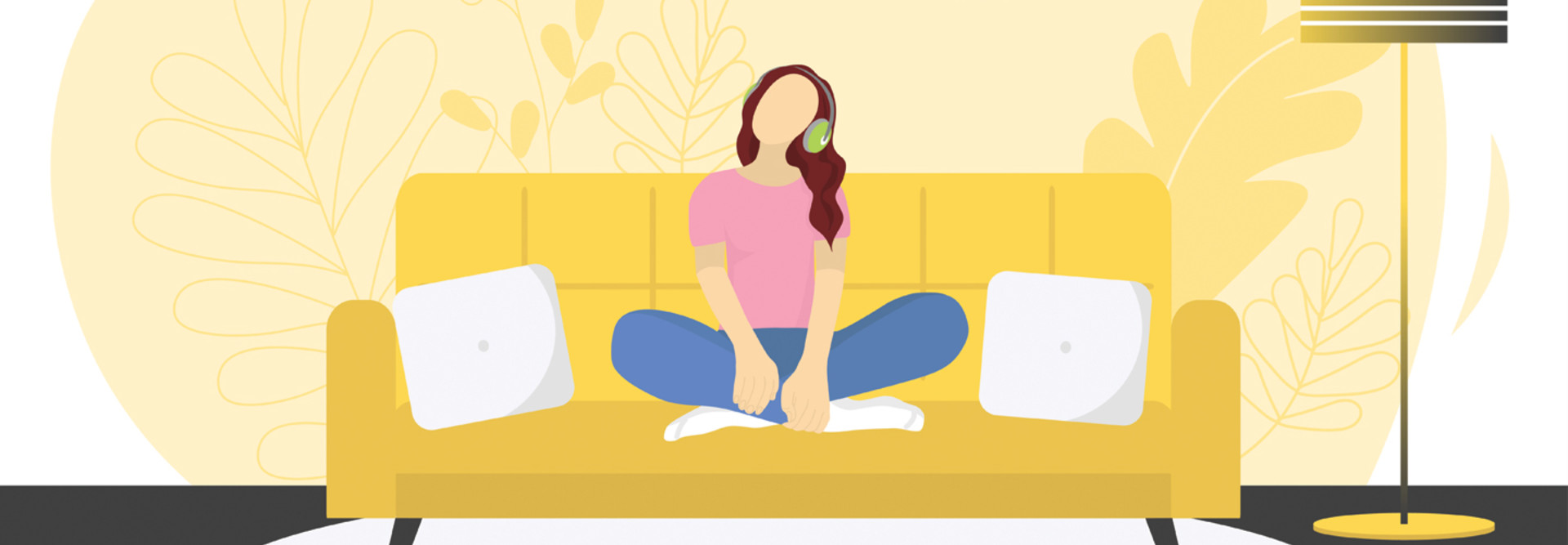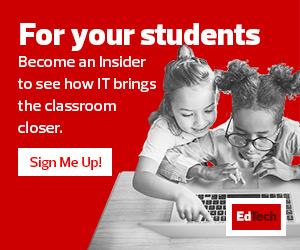While many believe that self-regulation is a skill fully developed during elementary school, students need co-regulation support to learn how to effectively process their own emotions up until age twenty-five. So, while bringing social-emotional learning curriculum into the classroom may help, schools need to do more to support students’ self-directed application of these skills that reduces cortisol levels and strengthens self-regulation development. They need the additional benefits of a space where they can learn to take control of their own emotional experiences.
How Do Self-Regulation Spaces Benefit K–12 Students?
When a student is experiencing intense emotions and having trouble concentrating on the lesson or classwork at hand, research shows that fostering the ability to redirect thinking through mindfulness-based strategies provides lifelong benefits. Self-regulation spaces in the classroom give the student a safe, supportive place to process their emotions without completely removing them from the classroom.
In these spaces, the teacher can still monitor the student, and the student can regulate their emotions in a safe and healthy way while continuing to feel accepted within the academic space. While students may need to temporarily disengage from the lesson, it is easier to transition back into learning from a space within the classroom rather than outside the room.
The New York City Department of Education is supporting students with one example of a self-regulation space by incorporating a two-sided bookshelf in classrooms to section off a corner of the room. On the classroom side, the bookshelf presents necessary class materials, while on the other, students will find resources taught in SEL curriculum to encourage them to apply these new skills and techniques. The self-regulation space also features a rocker or cushions where students can relax comfortably.
DISCOVER: Untether technology in the modern K–12 learning environment.
These areas can also include technology, which aims to be a helpful tool rather than a distraction to students. One educator created a Google Slides presentation to project on an interactive display in his classroom’s self-regulation space. The slides, which students review and engage with, features the school’s RULER information and activities curriculum. For schools that use Microsoft Teams for Education as their learning management system, Microsoft has recently released the Reflect check-in app to promote students’ healthy emotional development.
How Can Educators Manage Self-Regulation Spaces for Students?
Some districts may be hesitant to introduce comfortable furniture and secluded spaces with technology to their classrooms. To avoid students abusing these mental health tools, partners like CDW Education can provide professional development when helping a school build out its modern learning environment.
MORE ON EDTECH: Tech-savvy school librarians provide value to modern learners.
Professional development related to the furniture and technology included in self-regulation spaces can help educators ensure these spaces are used respectfully and appropriately. It can also help educators understand other uses for these spaces, as many modern classrooms include flexible furniture designs.
By integrating self-regulation spaces into the learning environments, students will experience more mental health support and developmentally appropriate spaces within their classrooms. This additional resource also supports greater returns on the investment of time for SEL curriculum by increasing students’ ability to practice the SEL lessons in the moments they need it the most. By providing students constant access to the SEL content, school districts are better supporting students in addressing and managing the toxic stress and trauma that students unwillingly carry with them.
This article is part of the “ConnectIT: Bridging the Gap Between Education and Technology” series. Please join the discussion on Twitter by using the #ConnectIT hashtag.







![[title]Connect IT: Bridging the Gap Between Education and Technology](http://www.edtechmagazine.com/k12/sites/default/files/articles/2014/05/connectit.jpg)




